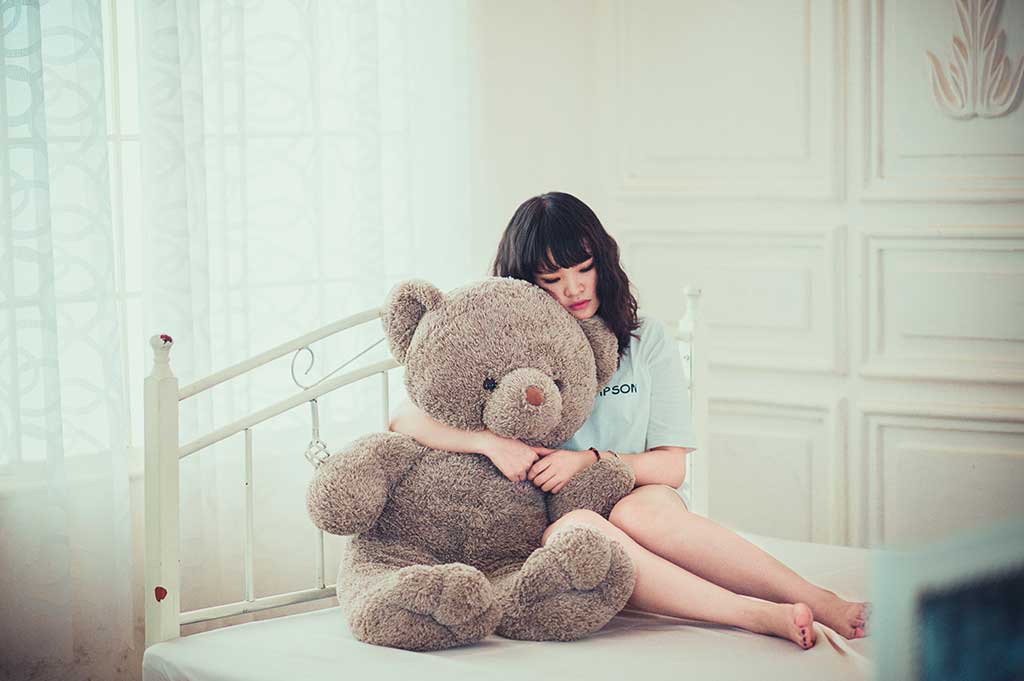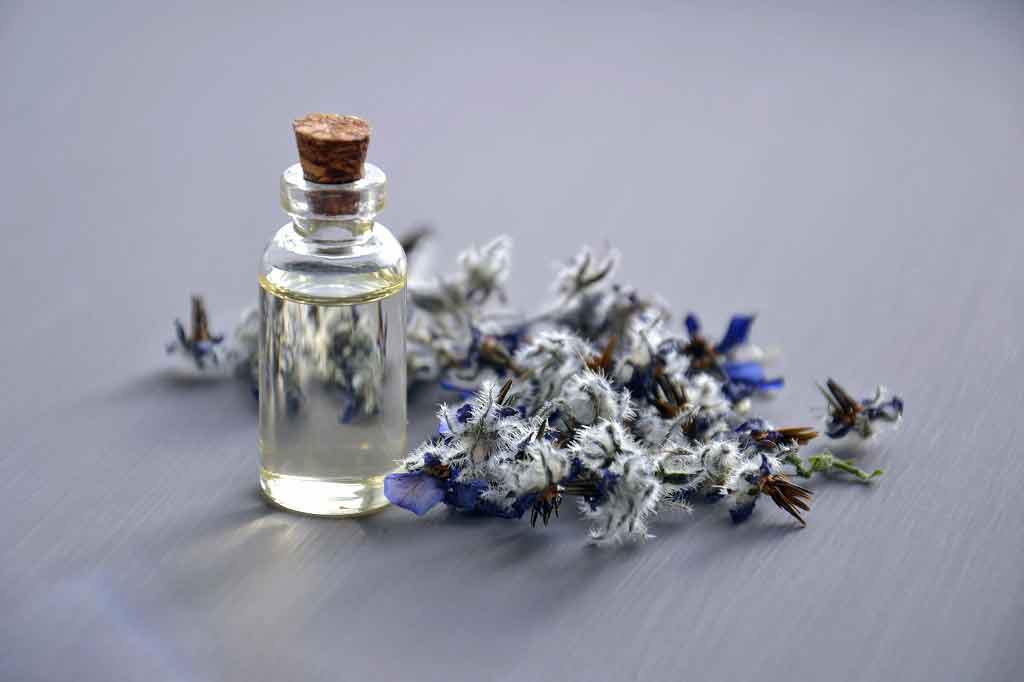Relaxation therapy for anxiety
Mental health
“Having a massage is no better at beating stress than home relaxation techniques like breathing deeply and listening to soothing music,” reports The Daily Telegraph.
“Having a massage is no better at beating stress than home relaxation techniques like breathing deeply and listening to soothing music,” reports The Daily Telegraph .
This news is based on a trial on the effectiveness of therapeutic massage in treating generalised anxiety disorder (GAD), compared to thermotherapy (a heat-based treatment) or relaxation room therapy. After 12 weeks, anxiety scores improved in all three groups.
But this was a very small trial with limitations. So it is likely that the findings are due to chance only. There is no suggestion that these treatments are alternatives to medical drugs or psychotherapies. Nor can it be inferred that similar results would be seen in people without GAD or that the treatments would get similar scores on other scales of mental wellbeing.
Overall, the findings of this small trial indicate that any of these three therapies may help people with GAD, but not in place of prescribed drug treatments or psychotherapies.
Where did the story come from?
The research was carried out by Dr Karen J. Sherman and colleagues from the University of Washington. The study was funded by the National Center for Complementary and Alternative Medicine. The paper was published in the (peer-reviewed) medical journal Depression and Anxiety.
Generally, the newspaper accurately reflected the findings of the study, but it did not discuss its limitations, including the fact that the results are only directly applicable to people with diagnosed generalised anxiety disorder.
What kind of research was this?
This randomised controlled trial investigated the effectiveness of therapeutic massage for treating generalised anxiety disorder (GAD) and compared it to other forms of relaxation.
This kind of trial is the best way of assessing the efficacy of a treatment. There needs to be adequate numbers of people in each of the treatment arms to detect differences between the groups, and the trial should preferably follow people for an adequate amount of time to determine the short and longer-term effects of treatment.
What did the research involve?
This was a three arm, randomised trial conducted at Group Health, an integrated healthcare system with about 600,000 members from the Washington and Idaho states in the US. From these members, the researchers identified people who met recognised diagnostic criteria for GAD. Participants were identified through telephone canvassing, electronic records, mailed questionnaires and face-to-face interviews.
The researchers excluded anyone with other mental health disorders or medical disorders that may have affected their participation in the trial. This left 68 people who met recognised diagnostic criteria for GAD. Some participants were taking antidepressant or anti-anxiety medications, and some were seeing mental health professionals.
Participants were randomised to therapeutic massage (23 people), thermotherapy (22), or relaxing room therapy (23) for 10 one-hour sessions over 12 weeks. All treatments were performed by licensed therapists in a softly lit room with nature sounds or relaxing music being played at a low volume. Therapeutic massage involved ‘releases’ of specific body regions or muscle groups, Swedish massage techniques and deep breathing instruction. Thermotherapy involved the use of customised warm and cool contrast treatments, while the control group simply relaxed comfortably in the same relaxation room and had no therapist interaction.
The main outcome was a reduction in anxiety on a recognised clinical scale (Hamilton Anxiety Rating Scale, HARS), measured immediately after treatment and six weeks later.
What were the basic results?
Follow-up rates were 94% at six weeks and 85% at 12 weeks, with similar numbers of people across groups. All groups had improved anxiety scores at the end of treatment (an average 10-13 point improvement on HARS), and these improvements were maintained at six weeks. All three groups had the same success rate in reducing anxiety. There were also improvements on the secondary outcome of symptom reduction.
How did the researchers interpret the results?
The researchers conclude that massage was not superior to thermotherapy or relaxation room therapy, and all gave clinically important improvements for people with generalized anxiety disorder. They say that as simple relaxation room therapy is substantially less expensive than the other treatments, a similar treatment package may be the most cost-effective option for people with GAD who wish to try relaxation-orientated therapy.
Conclusion
This trial carefully recruited people with diagnosed GAD with the aim of comparing three different relaxation techniques over a period of 12 weeks. However, it has a number of important limitations:
- There were relatively few participants in each of the three groups. With such small numbers, there is a stronger chance that the findings are due to chance only.
- Participants could not be blinded to the fact that they were receiving relaxation treatment. Simply by receiving some form of relaxation therapy over 12 weeks may have helped people to feel less anxious. As the researchers admit, a ‘no treatment’ group who received no form of therapy of at all would have addressed some of this uncertainty.
- This was a specific group of people with diagnosed GAD, a considerable number of whom were taking medications for their anxiety. The effect of the treatments were measured using a clinical score for rating anxiety. As such, it cannot be inferred that similar results would be seen in people without GAD or that the treatments would get similar scores on other scales of mental wellbeing.
- Massage and thermotherapy were both carried out by qualified professionals. The effects of the techniques used here may not be directly transferable to other forms of these therapies. Additionally, the control of simple relaxation was performed in a controlled environment in the therapy centre, which may give slightly different results compared to the person trying to relax at home. The participant is entering an environment geared towards their comfort and relaxation, free of the many distractions of home.
- This finding does not suggest that these therapies are an alternative to formal treatments such as medication or psychotherapies.
As the researchers conclude, the findings of this small trial indicate that these three therapies may help people with GAD, but would not replace prescribed drug treatment or psychotherapies. Further research needs to establish whether the relaxation therapies are as effective as each other.






 Subscribe
Subscribe Ask the doctor
Ask the doctor Rate this article
Rate this article Find products
Find products





